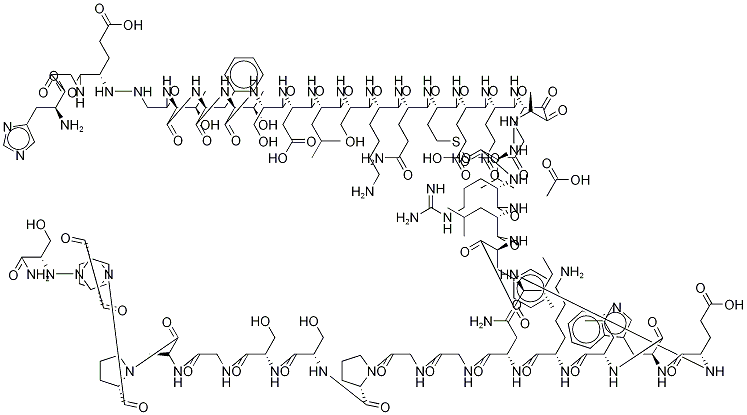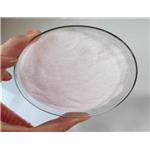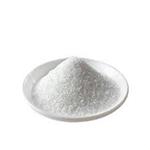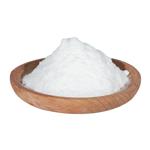Chemical Properties
Exenatide acetate is White Solid
Uses
Application of exenatide
acetate causes an increase in acinar cAMP without stimulating amylase release. As an incretin mimetic, exenatide
acetate acts as agonist of the glucagon-like peptide-1 (GLP-1) receptor. As GLP-1, though with prolonged activity, exenatide
acetate augments the postprandial production of insulin and suppresses secretion of glucagon. For this reason, exenatide
acetate has found use as a medication of diabetes II.
Uses
A 39-amino acid peptide originally isolated from the salivary glands of the Gila monster (Heloderma suspectum), differs from exendin-3 only in two positions close to the N-terminus. Application of exenatide causes an increase in acinar cAMP without stimulating amylase release. As an incretin mimetic, exenatide acts as agonist of the glucagon-like peptide-1 (GLP-1) receptor. As GLP-1, though with prolonged activity, exenatide augments the postprandial production of insulin and suppresses secretion of glucagon. For this reason, exenatide has found use as a medication of diabetes II.
Clinical Use
39-peptide known as an incretin mimetic;
an agonist of glucagon-like peptide-1,
used adjunctively in type II diabetes
mellitus.
Drug interactions
Potentially hazardous interactions with other drugs
Anticoagulants: possibly enhances anticoagulant
effect of warfarin.
Other nephrotoxins: avoid concomitant use.
Metabolism
Exenatide is eliminated through the kidneys by
glomerular filtration followed by proteolytic degradation.



